Course Introduction
Cultural Resources Studies Course
While cultural resources were previously studied individually in such various fields as art history, cultural studies, philology, literature, anthropology and historical archaeology, this course analyzes them as a whole in consideration of their correlation. A large amount of fragmented information on cultural resources is obtained directly from the source material in an exhaustive and objective way and synthesized through digitization, mathematical and data science methods.


Faculty Members
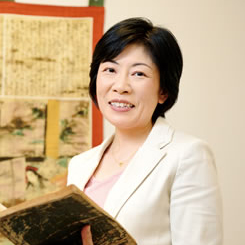
FUKUDA Tomoko
Professor
Research Field
Japanese literature
Research Topic
Research on manuscripts of Japanese classical literature and their expressions
I study the expressions in kana literature in the Heian period such as waka and narratives. My literary research is based on accurately compiled differences between various versions and empirical data aggregated from a philological standpoint. I teach students specific methods necessary for logical inquiry into the nature of the literary work.
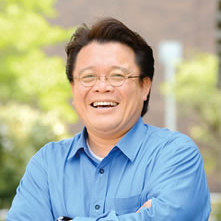
TSUMURA Hiroomi
Associate Professor
Research Field
Spatio-Temporal Informatics, Anthropology
Research Topic
Ethnological and historical survey and study of human cultural heritage
Human activities consist of coordinates on the temporal and spatial axis, and each phenomenon there is normalized by the thematic axis called behavior. I provide students with the skill to computerize various human behaviors from a phenomenological viewpoint, and the methodology to evaluate the phase of spatio-temporal connection and interpret human behavior.
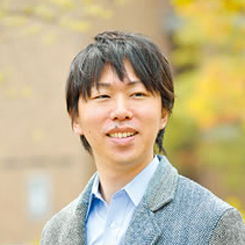
KAWASE Akihiro
Associate Professor
Research Field
Digital Humanities, Statistical Science
Research Topic
Digital humanities: utilizing computing in the pursuit of humanities research
I aim to empirically clarify the structures by which musical phenomena spreads and changes from a quantitative viewpoint. In concrete, developing technology that supports discoveries and analogies about the characteristics and effect relationships hidden in culture, and creating structures that allow us to understand phenomena that are behind the data. The knowledge and methodologies I provide to carry out each project are not limited to music or classics: they are highly versatile and can be applied to other fields, such as fine arts, iconography, social sciences and geopolitics.
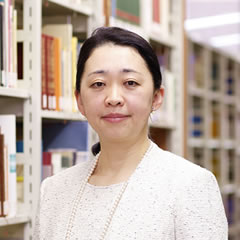
NAKAYASU Mari
Associate Professor
Research Field
East Asian art, Buddhist Art, Iconography of Music
Research Topic
Research on the art of Japanese Shinto-Buddhist syncretism
My main interest lies in understanding religion of the people in the past and how they expressed their belief through the art. My current work focus on the art of Shinto-Buddhist syncretism, especially in Koyasan area, known as the center of Japanese Shingon esoteric Buddhism. I am also interested in ancient East Asian musical instruments. We lost some of them, but the images remained in the arts such as Buddhist sculptures and paintings, and they give us useful hints to solve the mysteries of ancient times.
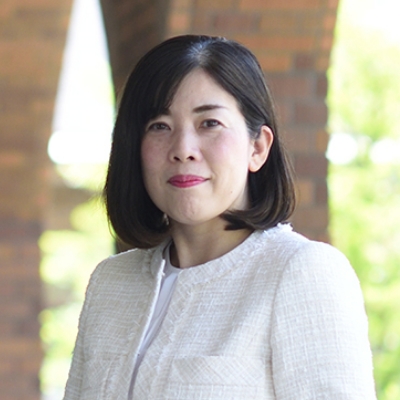
SANO Akiko
Associate Professor
Research Field
Visual Culture, Pop Culture, Media History
Research Topic
Analysis of visual works utilizing the approaches of cinema studies and statistics
I digitalize images from movies, animations and other visual works to foster a scientific understanding of what these images communicate and what effects they have. My research requires, in addition to a statistical approach, an understanding of social trends and knowledge in various disciplines in the humanities, such as philosophy, history, literature, aesthetics, folklore, cinema studies and sociology. By examining visual works from diverse viewpoints, we can shed light on the association between visual culture and society.
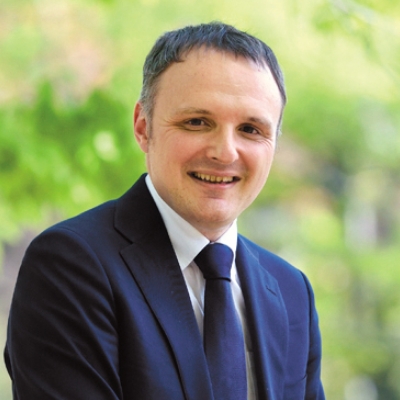
Gaetan RAPPO
Associate Professor
Research Field
Japanese Medieval History, Religious Studies
Research Topic
Japanese medieval history using the methodology of digital humanities
My research involves analyzing Buddhist texts, manuscripts and other historical documents held by temples by means of the methodology of digital humanities. Concretely, I use various tools, such as text mining,to extract specified strings of characters and wordings and compare them, drawing inspiration from similar research in Chinese and Western languages. My aim is to deepen our understanding of Japanese thought and religion as seen in historical documents from a dynamic perspective by fully applying this kind of methodology to the study of Japanese history.